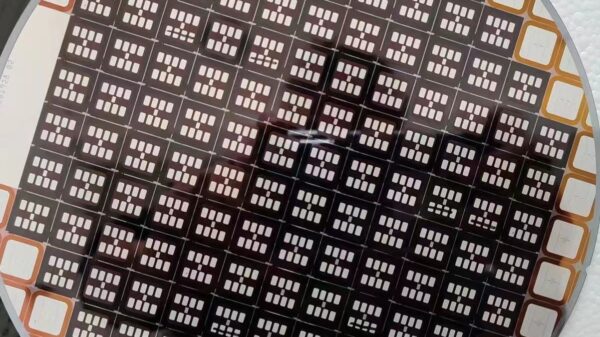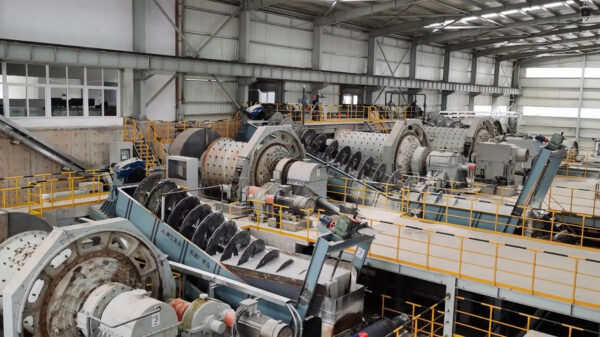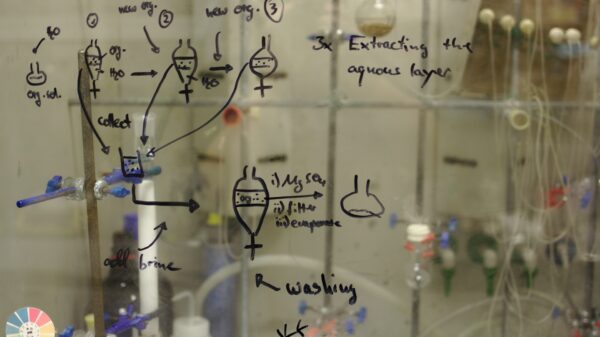In a recent development, the South Korean military has confirmed the recovery of debris from a North Korean spy satellite that fell into the sea in May following an unsuccessful launch. The military reports suggest the satellite was ill-suited for military surveillance purposes. These findings corroborate earlier skepticism about the device's actual capabilities.
Last month, the South Korean military retrieved parts of the rocket intended for the satellite's launch. "Following a detailed analysis of the major components of the North Korean launch vehicle and satellite, both South Korean and US experts concluded that they held no military. . .






















